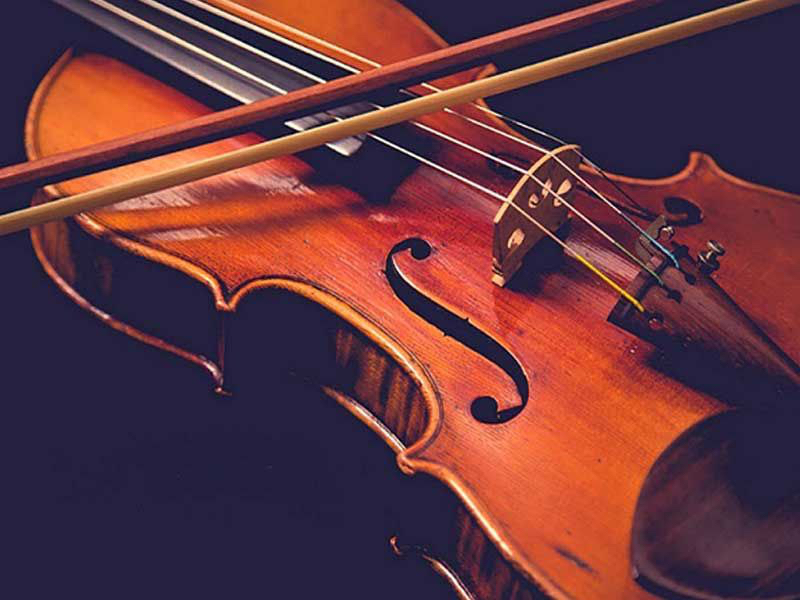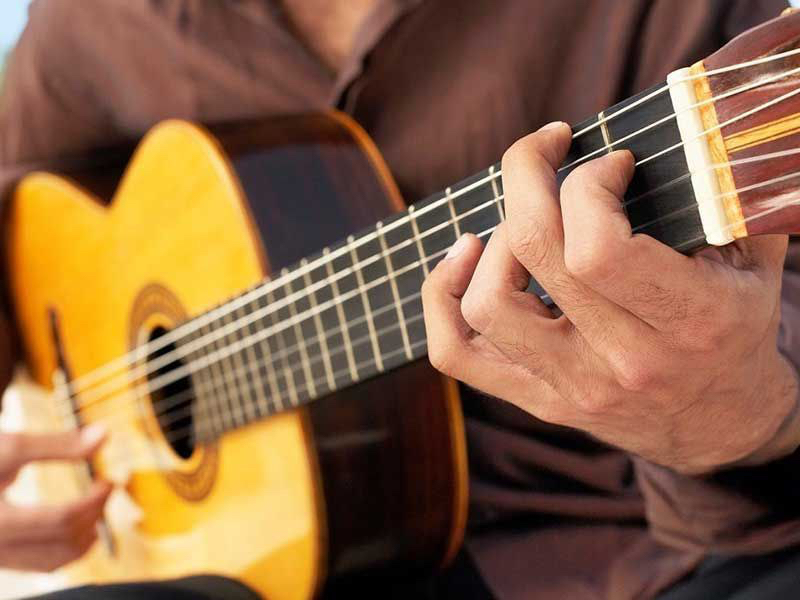
16 ژوئن Uses of Music in Everyday Life
The ways in which we hear, listen to, engage with, value, and use music have changed dramatically during the past two centuries. In the nineteenth century, live music could be heard only in private homes or a public concert hall (Cook, 1998), and this would presumably include theatres, taverns, and other sites of social gatherings. This meant that music was arguably much more valued and prized than it is today, so that the composer, as generator of the “core product,” occupied the apex of a hierarchy of status. Lower down that hierarchy was the performer, seen as a “middleman” whose role was to pass the product on to the listener, who was viewed as a passive consumer at the lowest level of the hierarchy. Music was seen as a highly valued treasure with fundamental and nearmystical powers of human communication: Itwas experienced within clearly defined contexts, and its value was intrinsically bound up with those contexts.
The development of the mass media in the twentieth century meant that music became much more widely and readily available, and so arguably lost its aura of automatic aesthetic value. It became viewed as a commodity that was produced, distributed, and consumed just like any other. Another important change was that the range of contexts within which people listened to music became far more varied and diverse: The cultural value placed on musical experience became dependent on the context in question (cf. the interaction between disc jockey [DJ] and “audience” in a nightclub and that between the orchestra and audience in a concert hall, for example), such that the distinction between “serious” and “popular” music became much less clear-cut.

The revolution in the way that music is recorded, processed, stored, and played means that many of the traditionally delineated roles of the composer, the performer, the arranger, the sound engineer, and even the listener, with their associated hierarchy of status, are increasingly blurred. Technological change has given people more choices regarding music: We would expect this increased level of choice to lead to people making logical decisions about the way in which they use music in everyday life. The composer is no longer the main “generator of the core product,” as innovation is negotiated with other participants in the creative process.



